Welcome to the Amazing World of Chipmunks
Discover the fascinating lives of these adorable, energetic woodland creatures
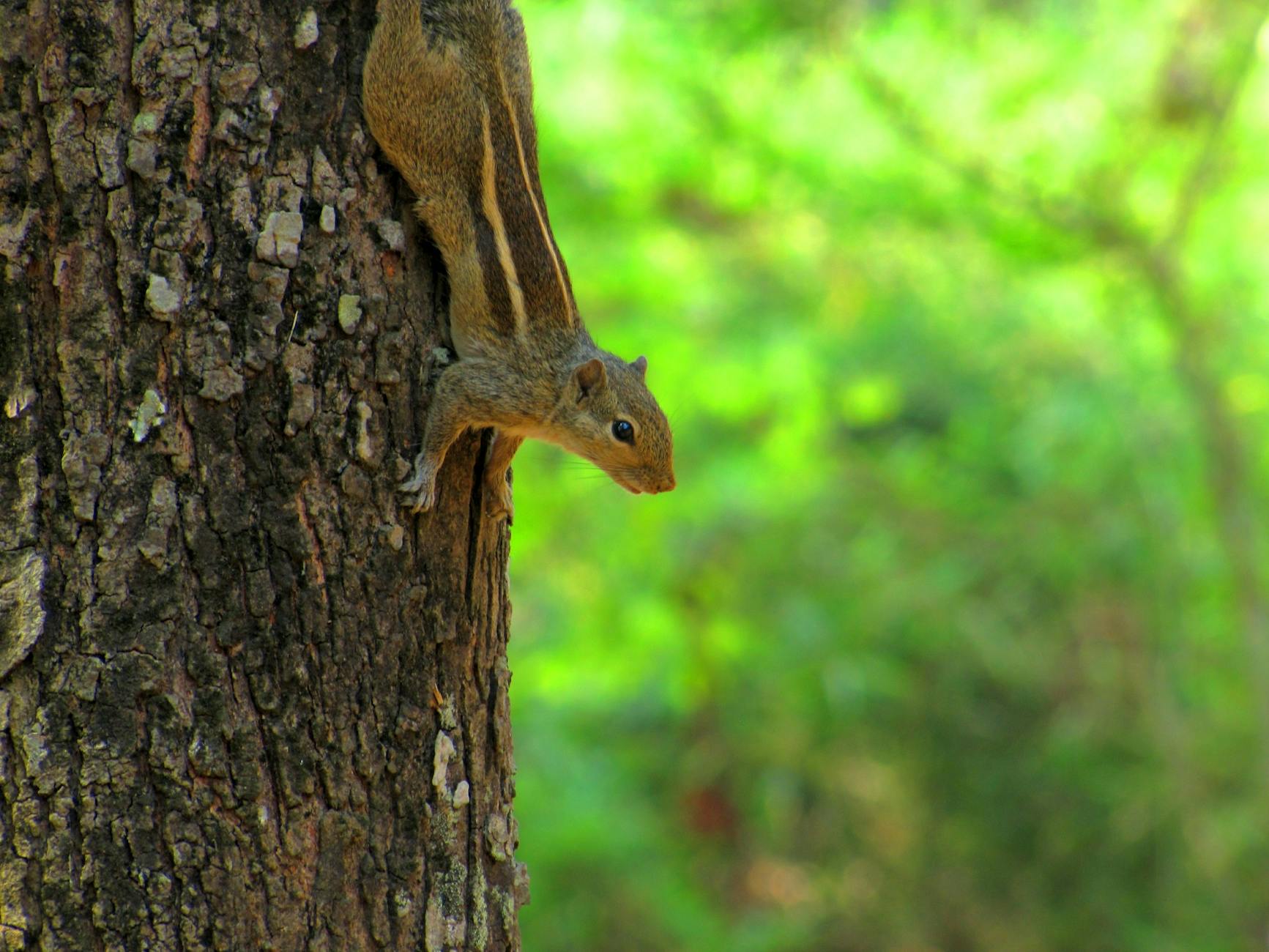
Discover the fascinating lives of these adorable, energetic woodland creatures

Chipmunks are small, striped rodents belonging to the squirrel family. These charming creatures are known for their distinctive markings, cheek pouches, and energetic personalities.
4-7 inches long (body), plus 3-5 inch tail
1-5 ounces depending on species
2-3 years in wild, up to 8 years in captivity
2-8 babies per litter, 1-2 litters per year
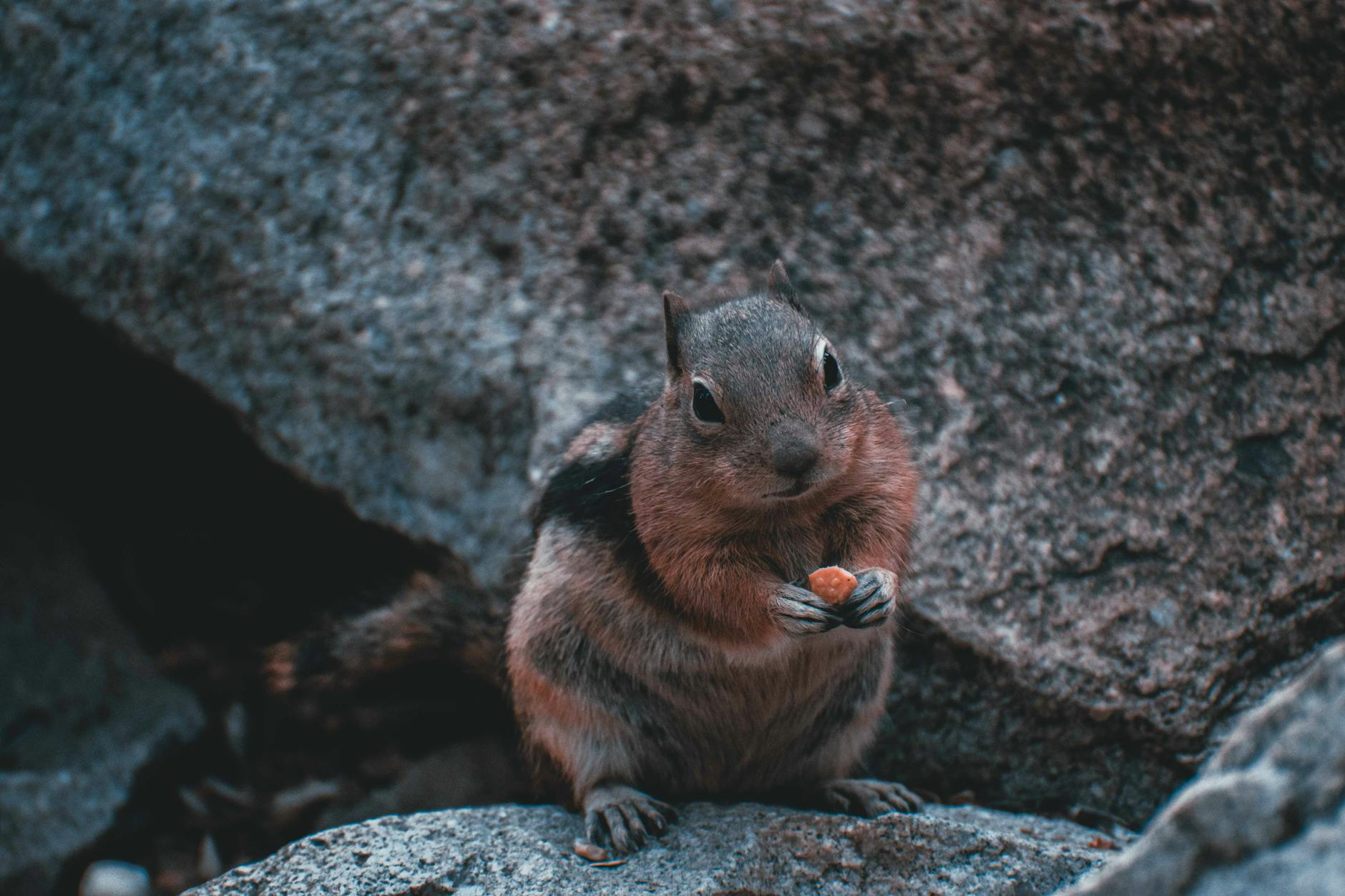
Chipmunks are primarily found in North America, with one species in Asia. They prefer wooded areas, forest edges, and mountainous regions where they can easily find food and create burrows.
Deciduous and coniferous forests provide ideal conditions with plenty of trees for climbing and food sources.
Many species thrive in mountainous regions up to 8,000 feet in elevation.
Complex tunnel systems up to 30 feet long with multiple chambers for sleeping, storing food, and waste.
Areas where forests meet clearings provide diverse food sources and nesting opportunities.
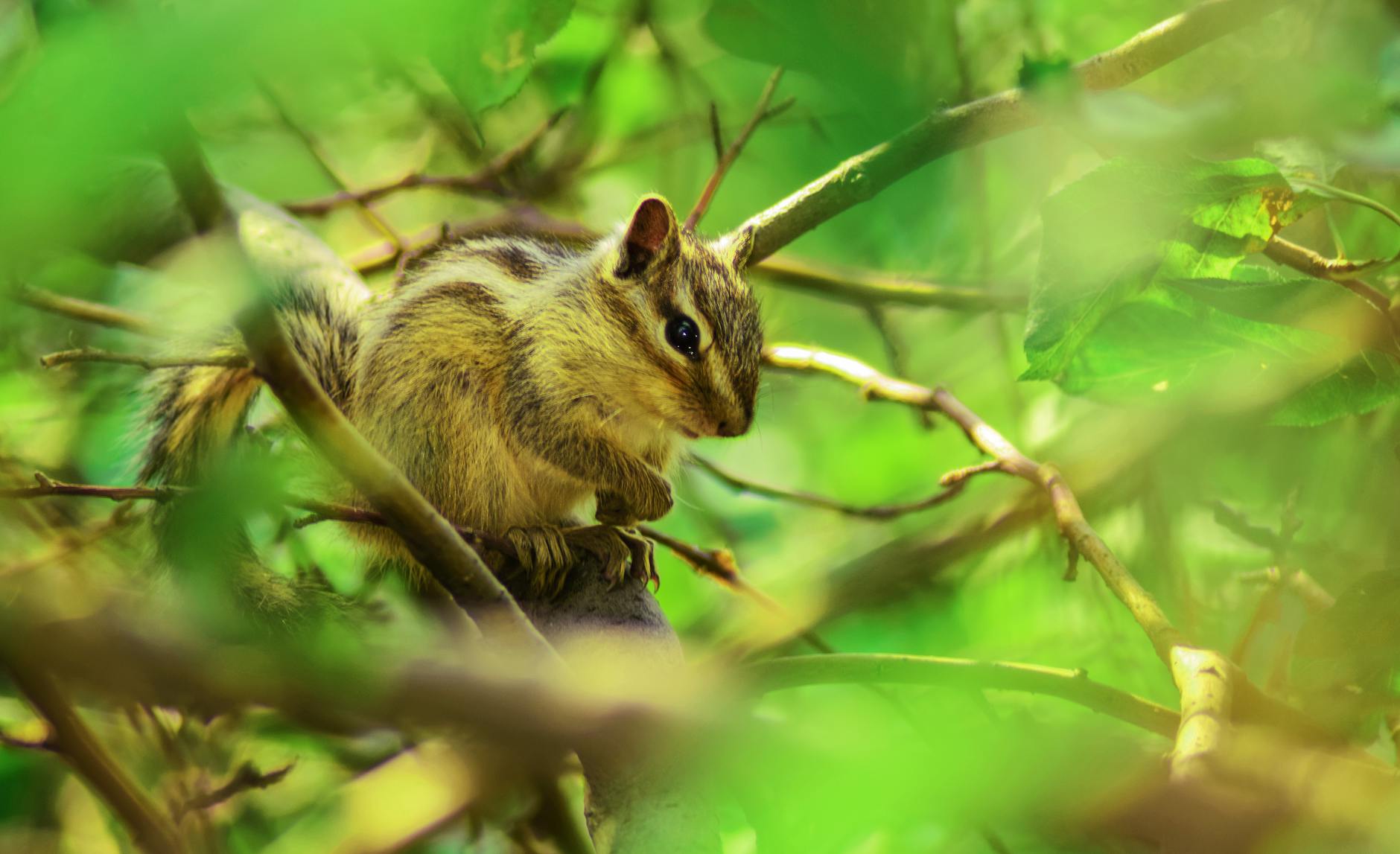
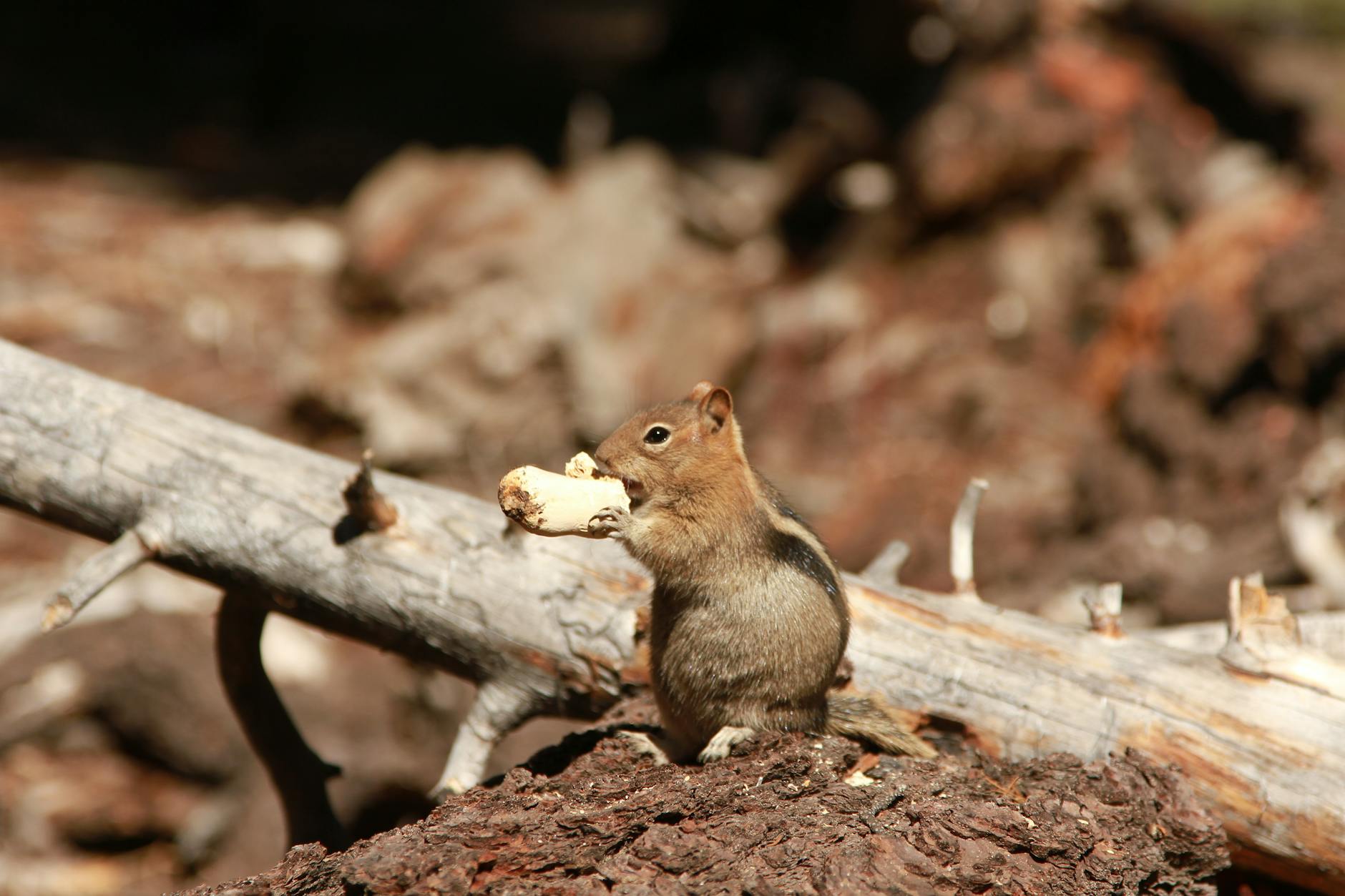
Chipmunks are omnivores with a varied diet that changes seasonally. They're famous for their cheek pouches, which can expand to three times the size of their head to carry food!
Chipmunks exhibit many interesting behaviors that help them survive in their natural environment. From their famous cheek-stuffing to their complex social interactions, these little creatures are full of surprises.
Chipmunks enter a state called torpor during winter, waking periodically to eat stored food. They can lower their heart rate and body temperature significantly.
They use various vocalizations including chips, trills, and chucks to communicate danger, territory, and mating calls. Each call has a specific meaning.
Chipmunks can run up to 15 mph and are excellent climbers. They can leap horizontally up to 3 feet and are incredibly agile in trees.
Most chipmunks are solitary and territorial, defending areas around their burrows. They mark territory with scent and vocalizations.
They can store up to 8 pounds of food in their burrows for winter! Their cheek pouches can hold up to 32 beechnuts at once.
Chipmunks have excellent eyesight and hearing. They often stand on hind legs to get a better view of their surroundings and watch for predators.
There are 25 species of chipmunks worldwide, with 24 found in North America and 1 in Asia. Each species has unique characteristics adapted to their specific environments.
Tamias striatus
The largest chipmunk species, found throughout eastern North America. Known for their reddish-brown fur and distinctive facial stripes.
Tamias minimus
The smallest and most widespread chipmunk, found across much of western North America. Very adaptable to different habitats.
Tamias amoenus
Found in coniferous forests of the western mountains. Has grayish fur with distinct black and white stripes.
Tamias sibiricus
The only chipmunk species found outside North America, native to Asia. Has been introduced to some European countries.
While most chipmunk species are not endangered, they face challenges from habitat loss, climate change, and human development. Conservation efforts focus on preserving their forest habitats and maintaining ecological balance.
Protecting old-growth forests and maintaining forest corridors for chipmunk movement and gene flow.
Encouraging sustainable forestry and land management practices that consider wildlife needs.
Ongoing studies to understand population dynamics, behavior, and responses to environmental changes.
Creating wildlife-friendly gardens with native plants, avoiding pesticides, and providing natural food sources.
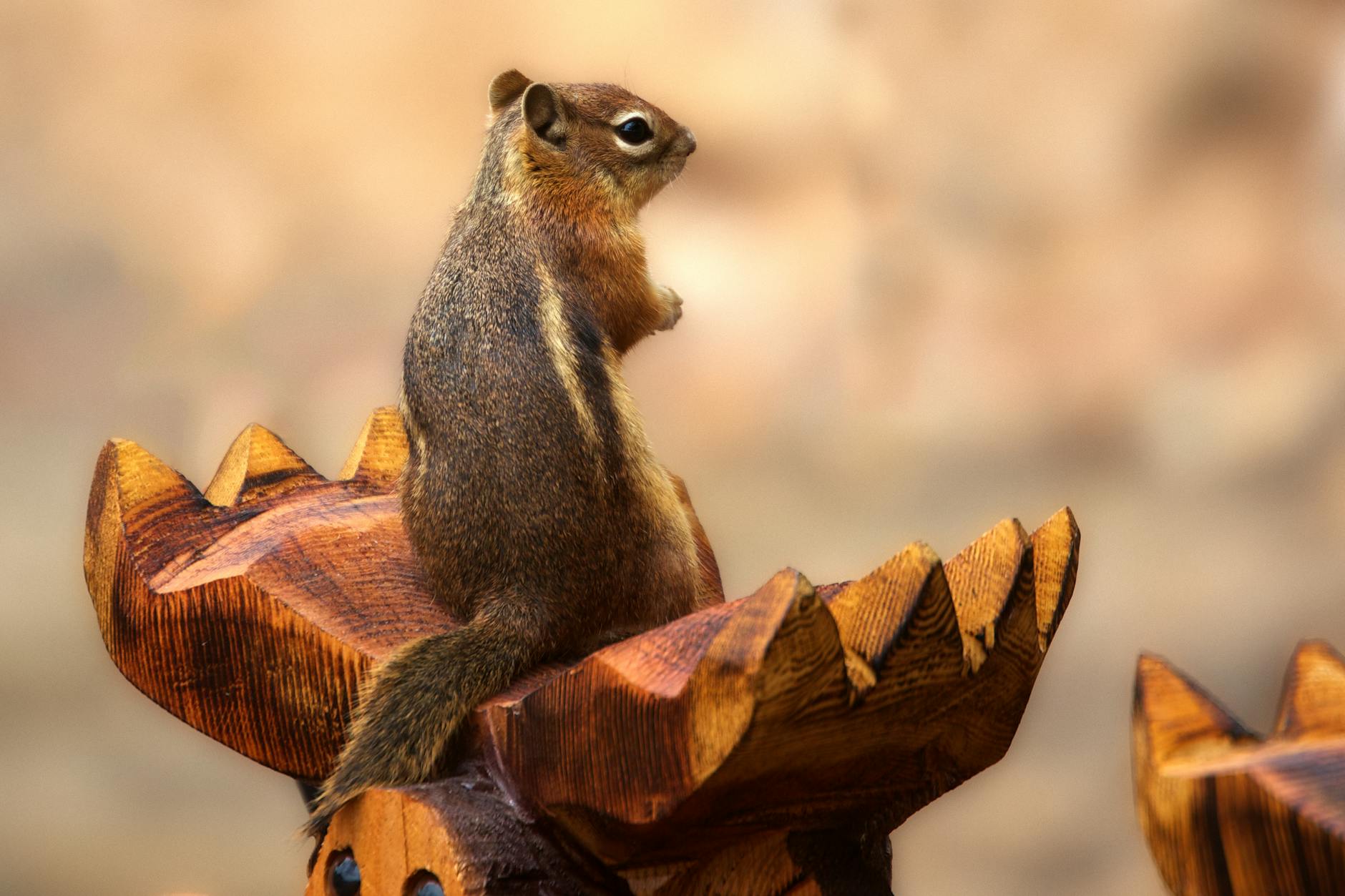
Plant native trees and shrubs that provide food and shelter
Avoid using pesticides and chemicals in your garden
Provide clean water sources like shallow dishes or bird baths
Learn about and educate others about local wildlife